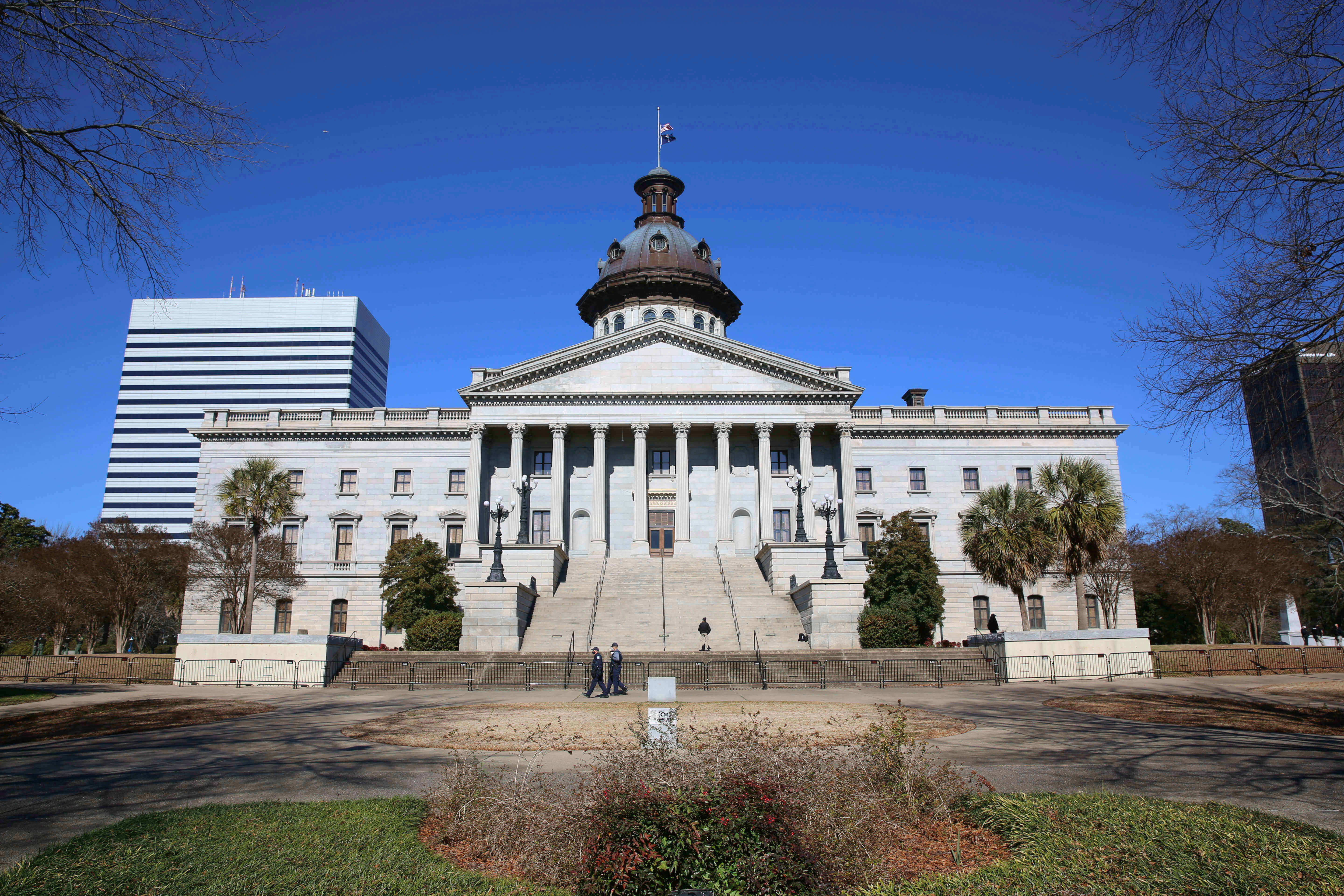Who Is The Forgotten Man?

Adam Crain
Ironically, the idea of the “Forgotten Man” has become a “forgotten idea.” At least, the original understanding of the idea has not been well preserved.
This idea has resurfaced recently, though, with journalist Amity Shlaes’ 2007 book, The Forgotten Man, and her recent Wall Street Journal article, Trump’s – and FDR’s – ‘Forgotten Man.’
A little backstory.
During the throes of the Great Depression, President Roosevelt, in an effort to provide relief to the millions of American’s that had lost their jobs and their savings, promoted his economic agenda called the New Deal. This hodge-podge of government programs aimed to put people back to work by government spending aimed at job creation.
On April 7, 1932, Roosevelt, a master of the medium of radio, argued in one of his famed Fireside Chats:
“These unhappy times call for the building of plans that rest upon the forgotten, the unorganized but the indispensable units of economic power, for plans like those of 1917 that build from the bottom up and not from the top down, that put their faith once more in the forgotten man at the bottom of the economic pyramid.”
It is, by any sound judgment, a reasonable argument for his economic vision from his political viewpoint. But there is just one problem with his statement. A problem that has over time, been repeated and seems stubbornly averse to correction. Roosevelt incorrectly defines “forgotten man” as the people “at the bottom of the economic pyramid” – the poor man, the unemployed, the sick, the disenfranchised, the societal outcast, the economic back of the pack.
Roosevelt’s description of the “forgotten man” was the polar opposite of who Yale professor William Graham Sumner described the “forgotten man” to be almost fifty years prior. He introduced America to the “forgotten man” in no uncertain terms, even brutal terms, in his essay, The Forgotten Man, published in Harper’s Weekly in 1882 (you can read the whole essay here if you like. Be careful though, it is not for the faint of heart).
Sumner writes:
“As soon as A observes something which seems to him to be wrong, from which X is suffering, A talks it over with B, and A and B then propose to get a law passed to remedy the evil and help X. Their law always proposes to determine what C shall do for X or, in the better case, what A, B and C shall do for X. As for A and B, who get a law to make themselves do for X what they are willing to do for him, we have nothing to say except that they might better have done it without any law. I want to show you what manner of man C is. He is the victim of the reformer, social speculator, and philanthropist, and I hope to show you he deserves your notice.”
Do you see how different Roosevelt and Sumner cast the forgotten man? Roosevelt’s forgotten man is the person who Sumner’s forgotten man is supporting through the paying of taxes, charitable giving, or other means.
So who is the forgotten man – or woman – in today’s America? Or in South Carolina? What do policies from the recent past say about whether we as a society assent to Roosevelt’s description or Sumner’s description?
It must be one of the oldest lessons in basic economics that public policy today seems to have largely ignored – “there is no such thing as a free lunch.” Or, as Sumner writes:
“The notion is accepted as if it were not open to any question that if you help [one person] you may gain something for society or you may not, but that you lose nothing. This is a complete mistake. Whatever capital you divert to the support of one person… is diverted from someone else.”
Let’s illustrate that more concretely. The stated purpose of Obamacare was to provide everyone with affordable health insurance coverage. Lawmaker A (why don’t we call him Harry) got together with Lawmaker B (we can call her Nancy) and passed a law that, with the help of Citizen C (let’s call him Taxpayer John), would provide insurance to those who cannot afford to pay for it themselves. Harry and Nancy would argue that they have looked out for Citizen X (who we’ll call Bill) and fixed a societal ill.
But as Sumner argued, the forgotten man who was overlooked in the Obamacare law was Taxpayer John. He now faces higher premiums and lower quality care in order that he may be able to fulfill his duty to the law passed by Nancy and Harry to pay for Bill’s insurance.
Thus, the fact remains – there is no such thing as a free lunch.
These are the implications of major public policy initiatives across the board, whether we’re talking about “free” college or “free” health care.
Reforms that enlist the coerced help of person C may seem like the humane, compassionate thing to do. But it will not be free. And so we arrive back at the forgotten man footing the bill: he may be ignored at the moment, but he will not be silent forever.




